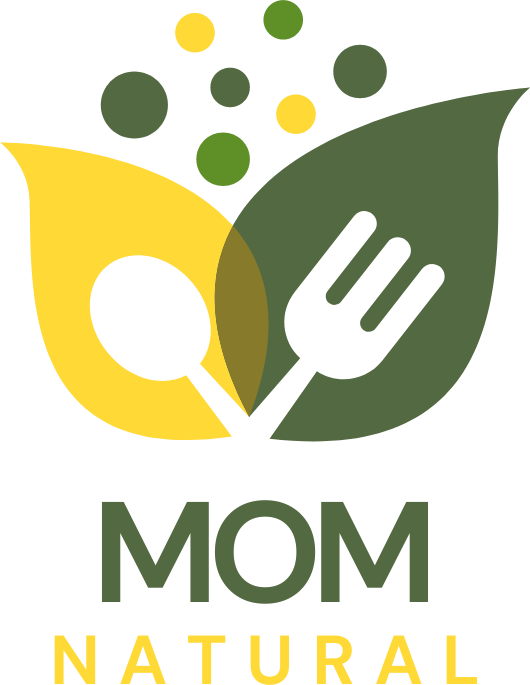A Comprehensive Guide to Choosing Safe Baby Bottles: Busting Myths and Ensuring Safety
In the early days of parenthood, choosing the right baby bottling system can be a bewildering task. Every decision is laden with the weight of your baby’s health and safety. Here, we demystify the process of choosing safe baby bottles, highlight the potential risks involved, and recommend some reliable brands for your consideration.
Understanding the Importance of Safe Baby Bottles
The bottles you choose to feed your baby can significantly impact their health. Not only do bottles deliver nutrients to your little one, but they also come into contact with your baby’s mouth, making them a primary potential source of harmful chemicals or bacteria. Thus, making an enlightened choice is crucial.
Preventing Risks When Selecting Baby Bottles
Preventing risks when choosing your baby bottling system can be broken down into two steps:
- Choosing Safe Materials: Plastic, glass, stainless steel, or silicone – each material has its pros and cons. However, the key to choosing safe baby bottles lies in avoiding bottles that contain BPA, PVC, and Phthalates, as these substances can leach into your baby’s milk and pose potential health risks. For more detailed information, consult the guide provided by the Environmental Protection Agency on safer choice products.
- Effective Sterilisation: Even the safest bottle can pose risks if not properly cleaned and sterilised. Bacteria can easily breed in the milk residues left in the bottles, causing illnesses. The NHS provides comprehensive advice on sterilising baby bottles effectively.
Recommended Brands: Our Go-To Choices for Safe Baby Bottles
Not all baby products are created equal. Here are some reliable baby bottle brands that we recommend:
- Dr Brown’s Options+ Anti-colic Bottle: Recognised for their innovative vent system, these bottles prevent air from mixing with the milk, reducing colic, spit-up, and gas. Plus, they are made of BPA-free plastic, ensuring safe feeding.
- Philips Avent Natural Baby Bottle: These bottles come with a wide breast-shaped nipple, promoting natural latch-on and making it easier to combine breast and bottle feeding. They are also BPA-free and simple to clean.
- Pura Kiki Stainless Steel Baby Bottle: These bottles grow with your child, converting to a sippy cup, and later a snack cup or water bottle with the purchase of different lids. They are made from safe, anti-bacterial, #304 stainless steel and medical grade silicone.
For more health-related advice, especially regarding baby’s first doctor visit and how to treat baby’s dry skin, you can find a wealth of information on our Mom Natural blog.
The Myth of Glass Bottles Being Dangerous
Many parents assume that glass bottles are potentially dangerous and hence disregard them as a viable option. However, this is a myth. Glass bottles offer several advantages over the plastic alternatives. They are BPA-free and don’t contain any chemicals that can potentially leach into your baby’s milk. They are also more durable in terms of heat resistance and won’t get scratched easily. Nevertheless, it is important to select glass bottles that are lead-free. A good list of recommendations for lead-free glass bottles is given here.
Natursutten Glass Baby Bottles: A Safe Option
Natursutten, a brand known for its eco-friendly and safe baby products, offers one of the safest glass baby bottles for your young one. Their glass baby bottles are made from borosilicate glass, which is more durable, heat-resistant, and transparent than regular glass. They are also incredibly easy to clean and sterilise. The teats are made of 100% natural rubber from the Hevea Brasiliensis tree ensuring absolute safety for your baby. You can check them out at their official store here.
A Guide to Brushing and Bottle Care
Proper care of baby bottles is crucial; it’s not just what’s inside the bottle that counts, but the outside as well. Cleaning and brushing the bottles can prevent bacteria and mould build-up, ensuring that the bottle remains safe for your baby’s use. The New York Times offers a comprehensive review of the types of brushes you should consider and how to effectively clean baby bottles here.
Choosing the Right Nipple and Avoiding Nipple Confusion
The tricky business of “nipple confusion” can pose a challenge. It essentially means baby might get used to the bottle nipple’s flow rate and resist the breast, or vice-versa. Choosing a nipple that closely replicates the flow rate, angle, and texture of a mother’s breast can be crucial in preventing any feeding hiccups. Credentialled advice on the best types of bottles to prevent nipple confusion from the team at Urbanape Pediatric Dentistry can be found here.
Apart from Bottles, What Else?
Although bottles play a crucial role in feeding, they are not the only equipment that keeps your baby well-fed and healthy. Breast pumps, bibs, nursing pillows, breast pads, and bottle sterilisers also play significant roles.
- Breast Pumps: Whether you’re a stay-at-home mother that needs a break from feeding from time to time, or a working mother who needs to pump and store, breast pumps are a vital tool. Make sure to choose one that’s comfortable and efficient.
- Bibs: A good bib can reduce the mess and save time. Silicone bibs are sturdy, easy to clean, and do an excellent job catching stray bits.
- Nursing Pillows: These can provide the right elevation and angle to feed comfortably.
- Bottle Sterilisers: Steamers, microwave sterilisers, or sterilising tablets – choose what makes sterilising convenient but thorough.
So there you have it, an in-depth look at the baby bottle feeding system that goes beyond mere bottles. Equipped with this knowledge, you can navigate the initial years of baby feeding confidently and ensure your baby’s health and safety.

